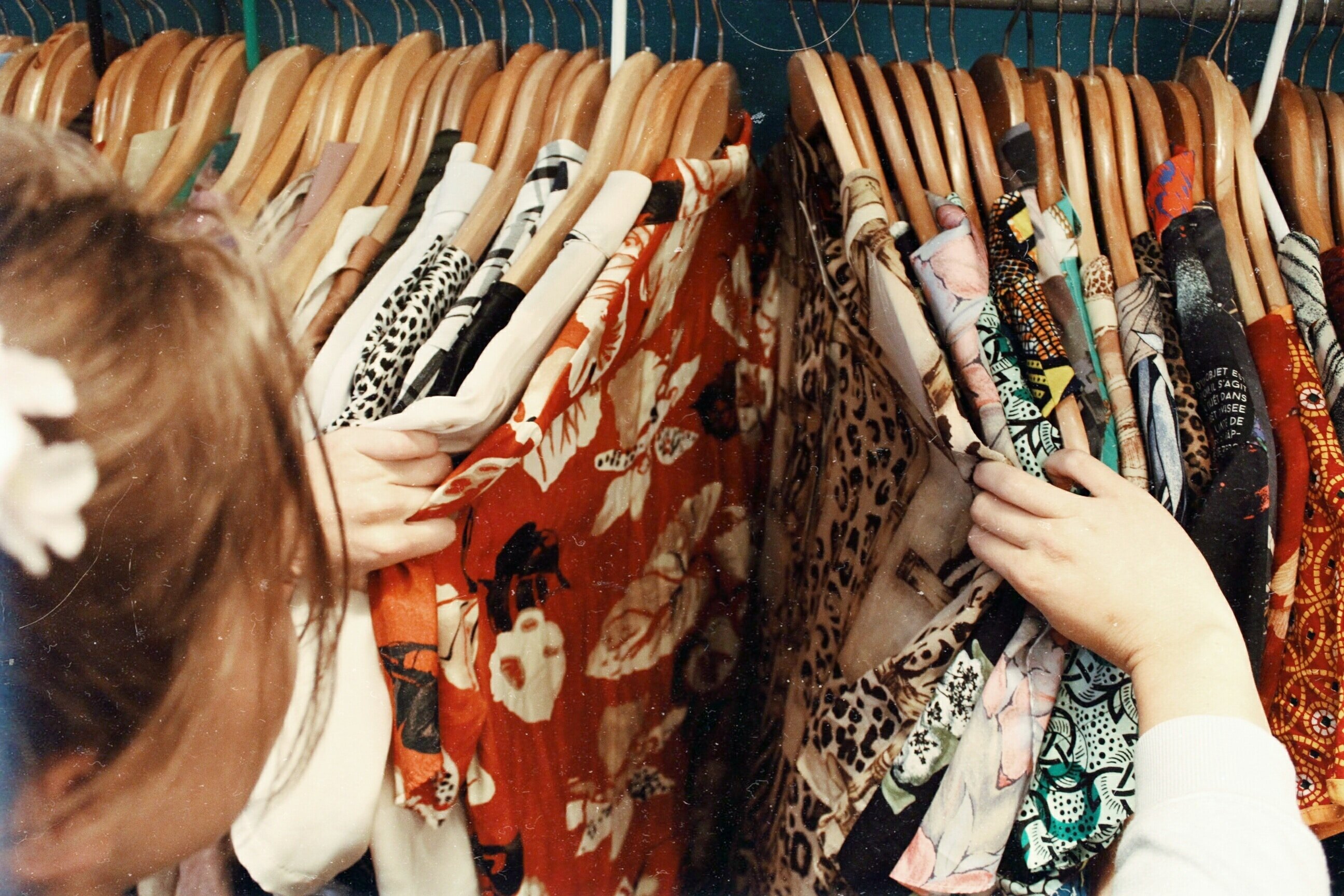In the fast-paced realm of fast fashion, where trends emerge and fade in an instant, global trade regulations have struggled to keep up with the constant cycles of production and consumption. Unfortunately, behind the glamorous façade of this industry lies a troubling reality of human rights abuses and forced labor in its supply chains. However, experts are asserting that things are changing for the better.
In 2022, the U.S. Department of Homeland Security began enforcing the Uyghur Forced Labor Protection Act, imposing standards for manufacturing and trade to crack down on goods produced through forced labor by imprisoned ethnic minorities, such as the Uyghurs. The United States has also banned numerous garment imports from Vietnam due to their sourcing of materials, including cotton, from Chinese manufacturers that violate trade and labor standards.
U.S. Trade Representative Katherine Tai emphasized the need to use trade as a force for good, advocating for fairness and creating opportunities for everyone. She acknowledged the challenges in the relationship between the U.S. and China, emphasizing the significant negative impacts China’s growth has had on other economies.
As the fast fashion industry faces scrutiny, more attention is being brought to the human cost of this sector. Annalisa Enrile, a teaching professor of social work, believes it is crucial to include labor in the definition of sustainability because people are an integral part of our environment. She highlighted the labor and human rights abuses associated with Shein, the world’s largest online fashion retailer, particularly its use of materials produced by imprisoned Uyghurs. U.S. lawmakers have called for investigations and potential tariffs against Shein.
Enrile shed light on the plight of migrants and child laborers, who make up a significant portion of the global labor force. She emphasized that wherever there is large-scale migration, there is a higher rate of labor exploitation. She also highlighted gender-based violence and harassment in the fashion industry, often driven by male factory owners and supervisors who enforce unreasonable production targets.
Furthermore, Enrile pointed out the prevalence of child labor, particularly in South Asia, a major hub for garment exports. Conservative estimates suggest that approximately 16.7 million children aged 5-17 are engaged in child labor in South Asia, with children between the ages of 5 and 11 representing one-fifth of all child laborers in the region. However, quantifying the full extent of child labor globally is challenging due to variations in its definition across countries.
The rise of conscious consumerism is a game-changer in today’s landscape. Consumers are increasingly aware of the environmental and social consequences of their decisions, putting pressure on fashion brands to prioritize sustainability, social responsibility, and ethical values in their supply chains and labor practices. Consumers value products that come from regions known for quality, leading to a resurgence in American manufacturing, particularly the “Made in the U.S.” movement.
Elizabeth Currid-Halkett, an urban and regional planning professor, discusses the growing preference for ethically sourced clothing and the accessibility of information that allows consumers to make more informed choices. She emphasized the importance of knowing the origin of products and how they align with consumers’ values.
The future of fashion and supply chain transparency lies in digital technologies. Companies are leveraging advanced technologies like generative AI, mixed reality, and virtual reality to enhance their marketing strategies and provide personalized shopping experiences. These digital tools also offer opportunities to improve transparency and accountability across complex supply chains. By using AI and sensors, retailers and manufacturers can track inventory and ensure better visibility throughout their supply chains. AI-powered decision-making can also help companies select suppliers based on ethical sourcing practices.
Nick Vyas, a supply chain management expert, believes that the fashion industry must redefine its success parameters beyond profit alone. Transitioning to a triple bottom line approach that includes profit, people, and the planet is crucial for the industry’s long-term success. He emphasizes the need for investment in emerging technologies that enhance efficiency and promote sustainability.
In conclusion, the fashion industry is facing increasing scrutiny and consumer demand for transparency and ethical practices. Global trade regulations are starting to address the issues of forced labor and human rights abuses in supply chains. Conscious consumers are driving the industry toward social responsibility, and digital technologies offer opportunities for enhanced transparency and accountability. By embracing change and committing to transparency, the fashion industry can strive for a more sustainable and ethical future.
Denial of responsibility! TechCodex is an automatic aggregator of the all world’s media. In each content, the hyperlink to the primary source is specified. All trademarks belong to their rightful owners, and all materials to their authors. For any complaint, please reach us at – [email protected]. We will take necessary action within 24 hours.

Jessica Irvine is a tech enthusiast specializing in gadgets. From smart home devices to cutting-edge electronics, Jessica explores the world of consumer tech, offering readers comprehensive reviews, hands-on experiences, and expert insights into the coolest and most innovative gadgets on the market.


